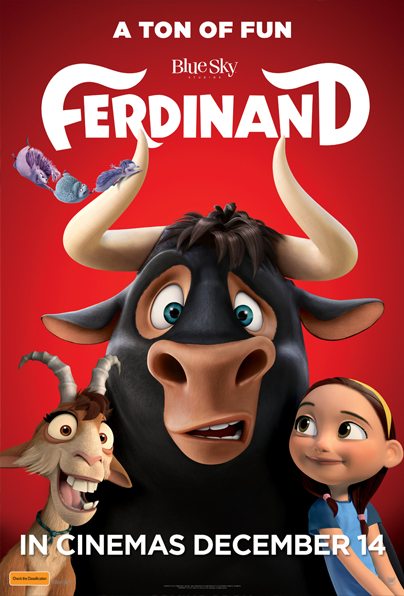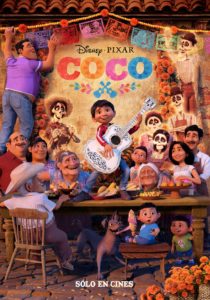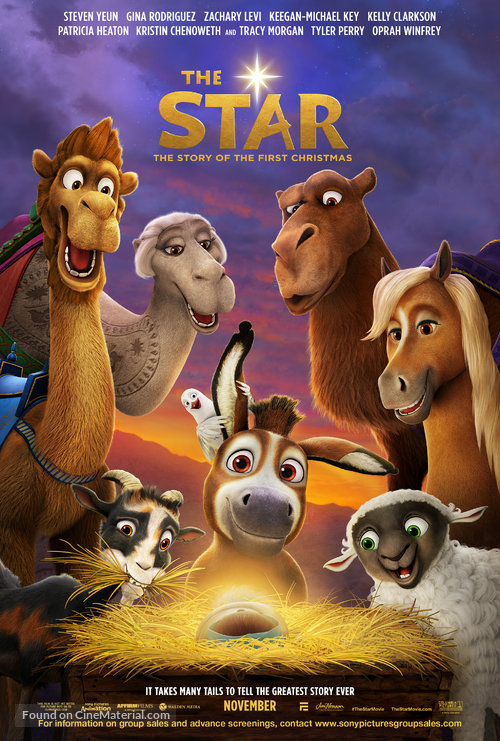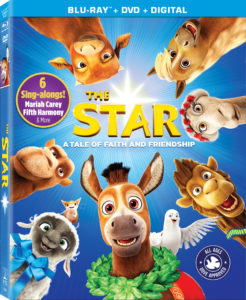Ferdinand
Posted on December 14, 2017 at 9:22 pm
B-| Lowest Recommended Age: | Kindergarten - 3rd Grade |
| MPAA Rating: | Rated PG for rude humor, action and some thematic elements |
| Profanity: | Some schoolyard language |
| Alcohol/ Drugs: | None |
| Violence/ Scariness: | Cartoon-style peril and violence including slaughterhouse and bullfights. |
| Diversity Issues: | A theme of the movie |
| Date Released to Theaters: | December 15, 2017 |
| Date Released to DVD: | March 12, 2018 |
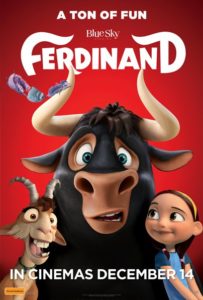
I warn you — a “however” is coming, maybe more than one.
There’s a lot to like in “Ferdinand,” an affectionate version of the book by Munro Leaf about Ferdinand, the bull who did not want to fight; he just wanted to smell the flowers. WWE star John Cena provides a warm, inviting voice for the title character, and Kate McKinnon steals the show as his “calming goat.” The artwork is imaginative and colorful. However, the slight story of the book has been expanded to fill out a feature, and some of the choices are worse than just padding; they are misguided, distracting, even disturbing, especially for the youngest viewers.
Leaf’s original story and the lovely Oscar-winning 1938 Disney animated short are beautifully simple. While most bulls are ferocious and proud to fight matadors, Ferdinand is a gentle soul who just wants to sit under a cork tree and smell the flowers. The men who are looking for the fiercest bull of all arrive just as Ferdinand reacts to being stung by a bee. Mistakenly believing that he is a powerfully furious animal, they bring him to the bullring, where he refuses to fight.
The Disney film is eight minutes long and tells the entire story. This version, from Blue Sky, gives us a meandering tale about Ferdinand, bred in a facility that supplies bulls for bullfighters. As a young calf, he is bullied by the others, especially the alpha bull, Valiente, who suffers from what me might term bovine toxic masculinity.
Ferdinand adores his kind-hearted father (Jeremy Sisto), asking him, “Can I be a champ without fighting?” “I wish the world worked that way for you,” his father says before he leaves for the ring. He never returns home.
Ferdinand runs away and finds a perfect home, a flower farm. He is adopted by Nina, who is so devoted to him that she has him cuddle on the sofa next to her and sleep in her bed, even after he grows to the size of an SUV.
After an adventure that includes a cleverly-constructed scene in yes, a china shop, Ferdinand ends up back at the ranch, where Lupe (McKinnon), his calming goat, declares that she will be his coach for outsmarting the matador. Ferdinand learns that the only options for the bulls are the ring or the slaughterhouse. He must rescue two of the bulls who taunted him before they are turned into hamburger, and then find a way to survive the bullring.
McKinnon has the same lighting-fast fluidity of mood and character that made Robin Williams an ideal choice to provide the voice for the genie in “Aladdin.” She is in constant conversation with her many selves, and it is hilarious. However. The palpable padding of the storyline would not be a serious problem except for the misjudgment about the presentation of the fatal options available to the bulls. It is impossible, even for a child, to watch the rescue from the slaughterhouse without recognizing what all of those scary-awful machines are designed to do. Parents who do not want to answer some tough questions about dinner — or reconcile themselves to a vegetarian menu — should stick with the Disney version.
Parents should know that this movie has peril and violence, including low-key depictions of a slaughterhouse and a bullfight, as well as some schoolyard language and potty humor.
Family discussion: Why were the other bulls mean to Ferdinand? Why were the horses mean? Why did Ferdinand want to rescue bulls who were mean to him?
If you like this, try: the book and the Disney animated version of this story and the “How to Train Your Dragon” series

